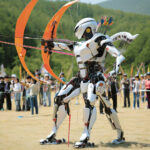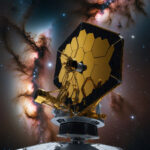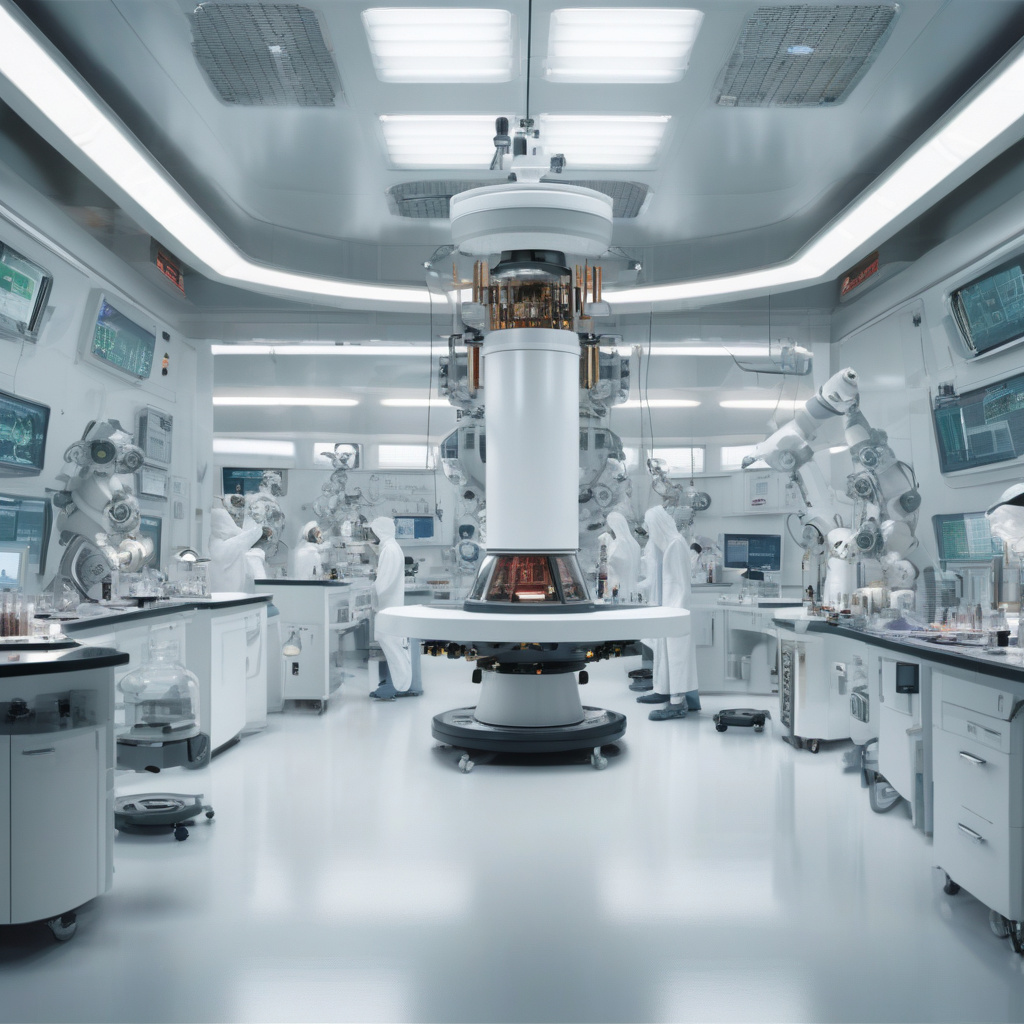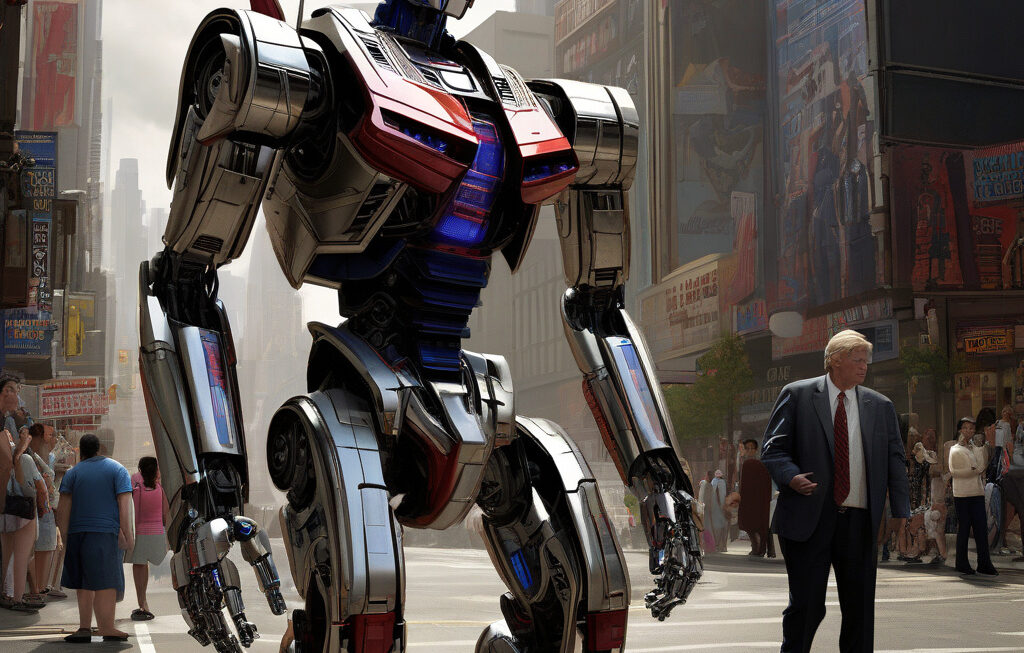China Builds World’s First ‘Nuke Inspector’ to Distinguish Real Warheads from Decoys
Chinese scientists have allegedly developed an Artificial Intelligence (AI) system that can tell the difference between real nuclear warheads and decoys, marking a significant breakthrough in global security and arms control. This revolutionary technology, known as the ‘nuke inspector,’ is a game-changer in the field of nuclear disarmament and non-proliferation efforts.
The ‘nuke inspector’ works by utilizing advanced algorithms and machine learning capabilities to analyze various characteristics of nuclear warheads, such as their size, shape, and materials. By comparing this data with a vast database of known warhead designs, the AI system can accurately identify whether a warhead is genuine or a decoy.
One of the key challenges in nuclear disarmament has been the difficulty of verifying the authenticity of warheads during inspections. Traditional methods often involve visual inspections or costly and time-consuming dismantlement processes, which can be prone to errors and manipulation. The ‘nuke inspector’ offers a more efficient and reliable alternative, providing inspectors with a powerful tool to ensure compliance with arms control agreements.
Moreover, the development of this AI system underscores China’s commitment to promoting global nuclear security and stability. By investing in cutting-edge technologies like the ‘nuke inspector,’ China is demonstrating its willingness to contribute to international efforts to prevent the spread of nuclear weapons and reduce the risks of nuclear conflict.
The implications of the ‘nuke inspector’ extend beyond arms control and disarmament. The technology has the potential to enhance trust and transparency among nuclear-armed states, paving the way for more productive dialogue and cooperation on nuclear issues. By providing a verifiable and objective means of verifying warhead authenticity, the AI system could help build confidence and reduce tensions in the increasingly complex global security landscape.
Furthermore, the development of the ‘nuke inspector’ highlights the growing role of AI in enhancing traditional security mechanisms. As AI technologies continue to advance, they offer new opportunities to address longstanding challenges in arms control, disarmament, and non-proliferation. By harnessing the power of AI, states can improve the effectiveness and efficiency of existing verification processes, ultimately strengthening the foundations of global security.
In conclusion, the creation of the world’s first ‘nuke inspector’ by Chinese scientists represents a significant milestone in the pursuit of a safer and more secure world. By leveraging AI technology to distinguish real nuclear warheads from decoys, this groundbreaking system has the potential to reshape the landscape of arms control and disarmament. As the international community grapples with the evolving threats of the 21st century, innovative solutions like the ‘nuke inspector’ offer hope for a more peaceful and stable future.
nuclearsecurity, armscontrol, AItechnology, globalstability, peacebuilding












